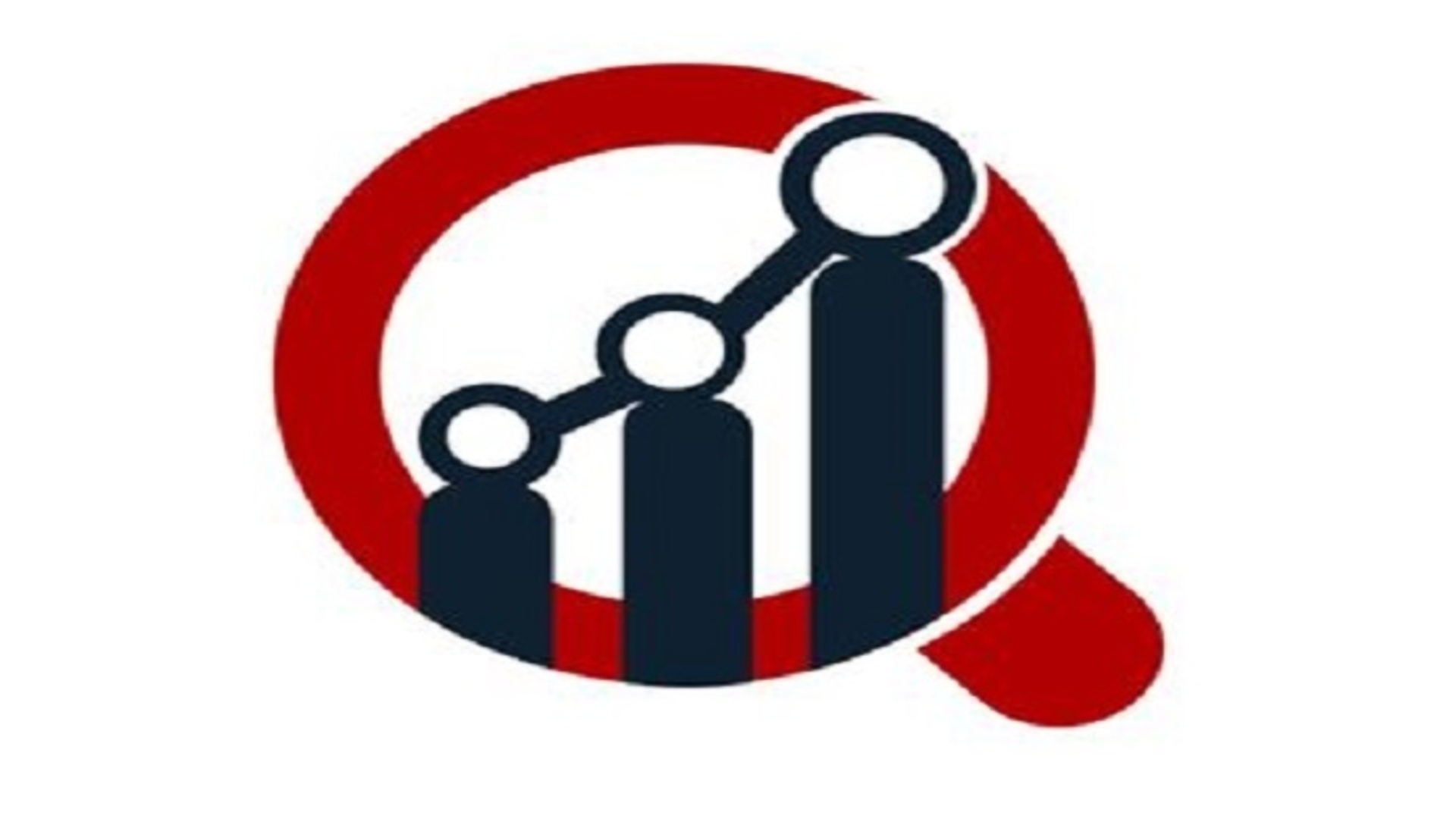Imagine living with the constant fear of a sudden, uncontrollable seizure—at work, while driving, or even while asleep. For over 50 million people worldwide living with epilepsy, this fear is a daily reality. But thanks to a new wave of medical innovation, seizure control is no longer limited to medication alone.
The Epilepsy Device Market is experiencing explosive growth as technology steps up to fill the gaps left by traditional drug therapies. From brain implants that detect seizures in real-time to wearable monitors that alert caregivers instantly, the landscape of epilepsy management is being transformed—and the market is booming as a result.
🧠 The Growing Need for Smarter Epilepsy Solutions
While antiepileptic drugs (AEDs) have long been the first line of defense, nearly 30% of epilepsy patients are drug-resistant, meaning their seizures cannot be adequately controlled with medication alone. For these individuals, advanced medical devices are offering new hope.
The rise in drug-resistant epilepsy (DRE) cases, increasing awareness of epilepsy as a treatable neurological condition, and improvements in healthcare infrastructure are collectively driving the demand for epilepsy-specific devices.
🔍 What’s Fueling the Epilepsy Device Market Boom?
The Epilepsy Device Market is witnessing robust growth due to several key trends:
1. Advancements in Neurostimulation Devices
Implantable devices like vagus nerve stimulators (VNS) and responsive neurostimulation (RNS) systems are helping patients reduce seizure frequency by sending mild electrical pulses to the brain or nerves. These innovations are proving especially effective for patients who don’t respond to drugs.
2. Rise in Wearable Monitoring Devices
Smartwatches and headbands equipped with EEG sensors and AI algorithms can now detect abnormal brain activity, warn of impending seizures, and alert caregivers—offering both safety and peace of mind.
3. Increasing Global Epilepsy Prevalence
The growing incidence of epilepsy, particularly in low- and middle-income countries where the treatment gap is widest, is pushing the need for accessible, reliable diagnostic and treatment devices.
4. Supportive Government Policies and Research Funding
Governments and health organizations are increasingly supporting epilepsy care initiatives, improving access to advanced medical technologies and funding device innovation.
🌍 Regional Highlights
-
North America dominates the market thanks to advanced healthcare systems, early adoption of neurostimulation devices, and significant R&D activity.
-
Europe is following suit with strong reimbursement frameworks and awareness campaigns.
-
Asia-Pacific is emerging as a fast-growing market, fueled by a rising patient population, improving access to diagnostic care, and government investment in neurology.
💼 Major Players Shaping the Market
Several companies are at the forefront of innovation in the epilepsy space:
-
Medtronic plc – Pioneers in VNS and brain-responsive neurostimulation.
-
LivaNova PLC – Known for its VNS Therapy® System.
-
Empatica – Leading wearable seizure detection technology.
-
NeuroPace, Inc. – Developer of RNS® System for focal epilepsy.
-
Epiwatch and Seer Medical – Disruptive AI and app-based monitoring solutions.
These companies are driving new possibilities for precision medicine in neurology and empowering patients to live more independently.
⚠️ Challenges on the Horizon
Despite promising growth, the epilepsy device market faces several hurdles:
-
High costs of implantable devices and surgeries limit access, especially in low-income regions.
-
Regulatory complexities and slow adoption due to lack of awareness or infrastructure.
-
Privacy concerns and data management in wearable tech continue to challenge innovation.
However, the increasing affordability of tech, broader insurance coverage, and rising demand for remote care solutions are helping overcome these barriers.
🔮 Future Outlook: What’s Next?
Looking forward, the Epilepsy Device Market is poised to benefit from:
-
AI integration for real-time seizure prediction and personalized treatment.
-
Cloud-based monitoring platforms for remote diagnostics.
-
Miniaturized, non-invasive devices that blend seamlessly into daily life.
The goal? Make seizure management smarter, safer, and simpler for everyone.
✅ Final Thoughts
In a world where neurological health is gaining overdue attention, epilepsy is stepping out of the shadows—and technology is lighting the way. The Epilepsy Device Market isn’t just about machines and monitors; it’s about giving millions of people freedom, safety, and a shot at a more normal life.
As innovation continues to redefine what's possible in brain health, one thing is clear: the future of epilepsy treatment is electric.


